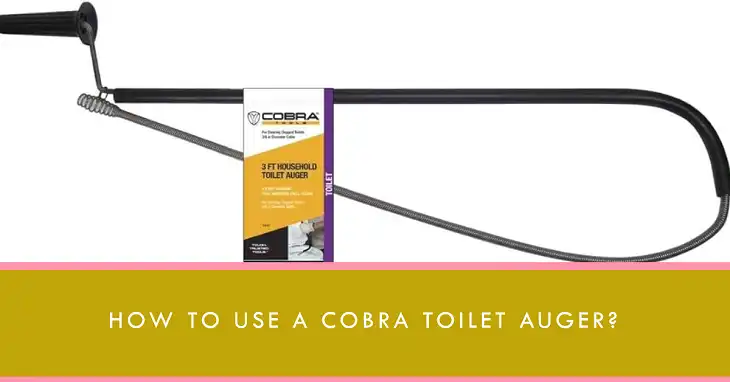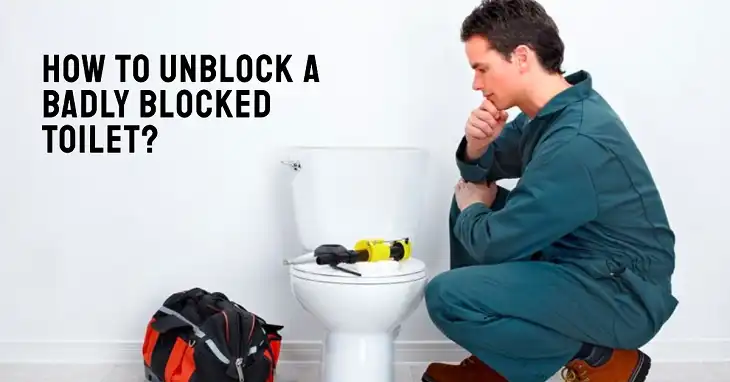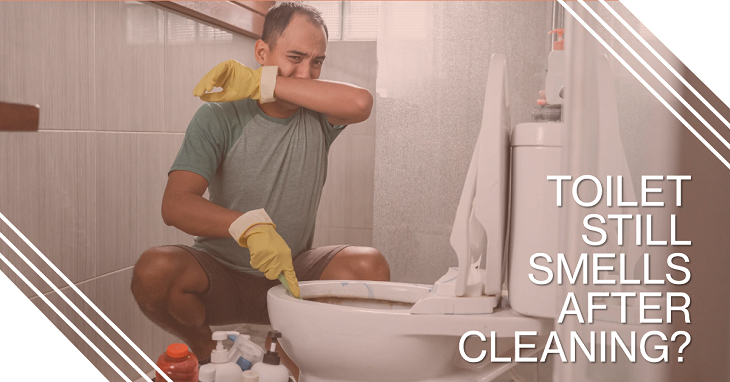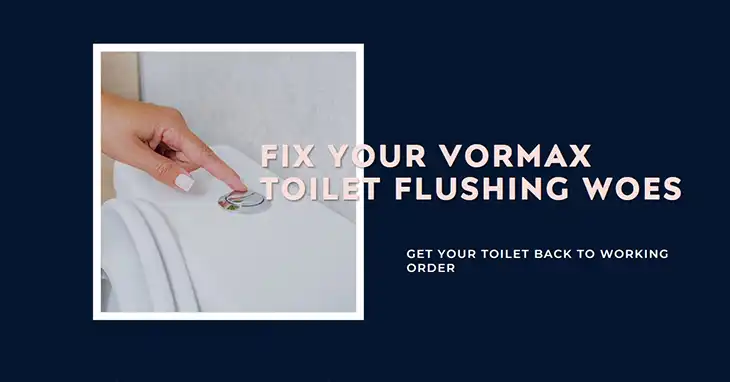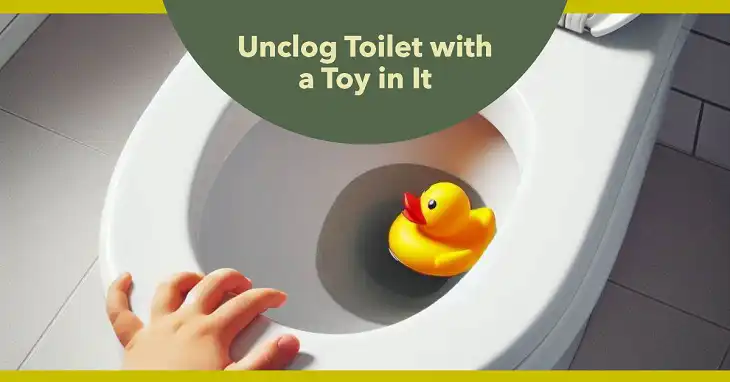Sewer Still Clogged After Snake
Ugh, I tried snaking my slow bathroom drain and it’s still clogged! So annoying. Basically, I need a more heavy duty snake to really clear out that nasty blockage. Keep reading and I’ll explain why my cheapo hand crank auger failed and how I can hopefully fix this stinky situation myself. If not, I’ll just have to call a pro plumber with high-powered equipment I don’t own. But let’s give it another DIY try first! The short answer is my wimpy snake just can’t cut through tough gunk. But a serious powered auger might do the trick.
So, if you want to learn more, be with me till the end! Let’s begin then!
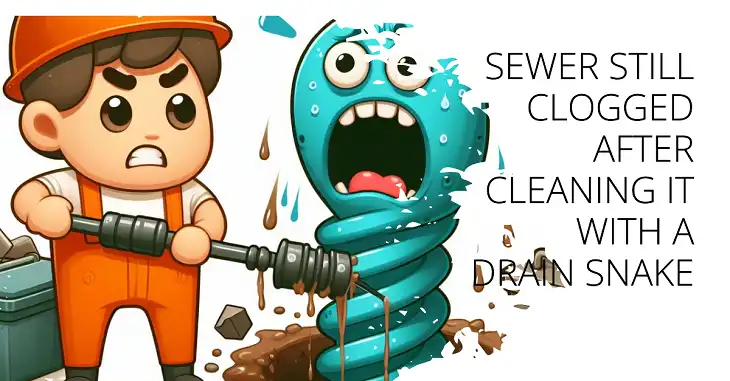
Why Snake Failed to Unclog Your Sewer?

There are several possible reasons a plumbing snake might fail to fully unclog a sewer line obstruction. Here are some of the most common causes:
Clog is Deeper than Snake’s Reach
Drain snakes come in different lengths, with 25-50 feet being typical for homeowners. If the clog is located deeper in your sewer line than your snake can reach, it will not be able to clear the blockage. Tree roots and collapsed sewer lines often cause obstructions that exceed a standard snake’s length.
For example, if you are using a 25-foot plumbing auger but have a tree root blockage 35 feet into your sewer pipe, the snake simply won’t be long enough to reach and extract the clog. You’ll need a longer cable or professional hydro jetting to extend the clearing capability past the snake’s limits.
Sewer and drain lines can stretch from your home out to the municipal sewer main, typically at least 35-50 feet. Older homes often have pipes extending 60 feet or more underground. If the clog occurs near the main sewer junction, even a 50-foot snake may not be able to reach it.
Professionals have access to 100-foot and even 200 foot powered augers, as well as high pressure water jetting that can scour blockages located hundreds of feet from the drain access point. Don’t keep trying with an undersized snake that doesn’t have the length to reach your clog.
Clog Is Too Hard or Tough for The Snake
Though drain snakes are designed to pierce and hook into clogs, extremely hardened blockages made of tough materials like rocks, concrete, hardened grease, or compacted toilet paper can sometimes be too difficult for a snake to penetrate. The snake may bypass or only partially clear these types of robust clogs.
Hair, grease, and other organic materials can turn rock solid when compacted in a drain line over time. Think of how grease clogs form in kitchen pipes – now imagine that same process over 10 or 20 years in a sewer main. The resulting blockage is essentially one giant mass of hardened goop through which a standard plumbing snake cannot penetrate.
Trying to bore through this using a hand crank or underpowered drill is useless. These tough obstructions require the torque and strength of a heavy-duty rodding machine or the brute force of high pressure hydro jet blasting. Don’t waste your time trying to wrestle an industrial grade clog with an ordinary household plumbing snake.
Snake Didn’t Fully Remove the Clog
It’s possible the plumbing snake was able to reach the clog, but did not fully extract it. The blockage may have broken into pieces, some of which were cleared while others remain stuck in the pipe. Hair, grease, and other sticky substances can reform after being partially snaked out.
If you pull back your drain snake after snaking the clog and find any debris still attached to the end, that likely means there is more gunk left in the pipe that wasn’t fully dislodged. Running hot water for a few minutes may flush out some additional pieces, but often another pass with the auger is required to fully clear the line.
Be very methodical when snaking a previously clogged drain – go slow on each pass to ensure the snake has time to grab, twist, and extract all the material fully. Rushing the process can leave chunks of the clog behind, which will lead to standing water and sewage backup recurring soon after snaking. Take your time and be thorough for the best drain clearing results.
Multiple Clogs Exist
Sometimes several clogs exist in different locations along the sewer line. If the plumbing snake only clears out one obstruction but others remain deeper in the pipes, your drain will still seem clogged after snaking.
This often occurs when there is a partial blockage near the drain access point, such as at a sink P-Trap, but then a second more severe clog farther down the sewer lateral or main line. The initial small clog “masks” the larger one down the pipe.
Once the minor clog is cleared, the drain will flow freely again but only until the wastewater reaches the deeper unseen obstruction. Then it will back up, making it seem the snake did not work even though it did open the upper pipes.
In this case, you need to keep snaking progressively deeper to locate and remove the additional blockages. Getting through the small drain trap clog first is necessary to reveal the deeper obstructions. Just be aware there may be more than one clog present in different spots.
Loose Thumbscrew
Drain augers secure the coiled wire with a thumbscrew. If this becomes loose, the snake will not spin properly within the pipe and be ineffective at snagging and clearing clogs. Always check the thumbscrew is tight before and after snaking your drain.
The thumbscrew needs to be tightened enough so that friction holds the coiled wire when the snake is spun clockwise or counterclockwise. If the screw is loose, the cable will just slide instead of rotating to grab and extract the clog.
It’s a good habit to tighten the thumbscrew with pliers or a wrench before starting to snake a clogged drain, and then verify it remains tight after completing the process. Just a few turns of slippage due to a loose thumbscrew can hinder a drain auger’s clearing capability dramatically. Stay vigilant.
Using the Wrong Drain Snake Type
Choosing the improper drain snake for your clog will lead to snaking frustration. There are different auger types for various purposes:
- Toilet Auger: A short rigid snake designed specifically for unclogging toilets.
- Small Drum Auger: A compact handheld drum model suitable for clearing kitchen sink drain clogs.
- Extra-Long Drain Auger: A lengthy 50-100 foot cable auger for snaking out deeper sewer lines or main pipe blockages.
Using the wrong snake type won’t effectively clear the specific clog. For example, a toilet auger is too short and inflexible for a kitchen drain. A sink drum snake lacks the length to unclog a sewer main feet from the cleanout. Match your auger to the drain – otherwise, the clog will persist even after snaking.
Consult your rental center or hardware store for assistance choosing the optimal snake diameter and design for clearing home sewer and drain lines up to 6 inches in diameter. Get the right tool specifically for the job.
So, How to Unclog the Sewer?

If an initial snaking attempt didn’t clear your clogged sewer, don’t despair. You have several options to try breaking through even the toughest blockages:
Use Different Snake

Try a more heavy-duty gas-powered auger, or one with greater cable length to reach deeper clogs. You may need to rent or purchase a larger machine. Getting the right snake for the job can make all the difference.
Don’t just keep attempting to clear a serious sewer clog with a small hand powered plastic drum auger – you need to use the right tool rated for the task. Stepping up to a heavy duty sectional steel cable machine with the torque of a motorized driver (either electric or gas engine) can give you the power and strength needed to chew through a stubborn blockage.
Increasing the length of the cable is also key for sewer lines that stretch out 35 feet or more from your home access. You want at least 15 feet of extra cable compared to the total pipe distance so the auger can work back and forth to grab the clog. A 100 foot snake should clear lines up to around 85 feet max.
Spend time researching different cable diameters, lengths, and auger bit types before renting. Let the rental company know the specifics of your clog situation so they can recommend the ideal model. An extra investment up front in the proper machine will save money in the long run.
Use High Pressure Water Jetting

Powerful hydro jetting systems blast clogs with extremely high-pressure water bursts. This brute force approach can dislodge even the most stubborn obstructions. Effective for long sewer lines.
Hydro jetting sends a concentrated stream of high pressure water directly into the drain line. Pressure can be adjusted, but typical residential units operate at 1500 – 4000 PSI. This focused jet of water acts like a jackhammer, pulverizing and forcing apart clogs the snake cannot penetrate or grab.
The benefit of hydro jetting is it clears the full diameter of the pipe in a scouring action, rather than the single point attack of an auger. Roots, grease, scale, and debris are rinsed away leaving a pristine pipe interior. It is perfect for cracks, off-set joints, and gradual build up.
Specialty nozzle tips can direct the jet at all angles to hit any side of the pipe. The system feeds flexible hose down drains from 3/8″ to over 1″ allowing access to any size line. If a plumbing snake struggles, call for professional hydrojetting services instead.
Use Drain Cleaner

Chemical drain cleaners and enzyme-based bacteria products can help dissolve organic matter like grease, soap buildup, or even tree roots over regular use. Follow product directions closely for safety.
Look for commercial grade sewer line maintenance liquids containing sodium hydroxide or potassium hydroxide designed to liquefy solidified grease and oil deposits. Bottles that attach right to your garden hose are available for convenient application.
Natural bacteria and enzyme foaming cleaners are also effective for breaking down organics. They produce colonies of microbes that devour hair, food scraps, oils, toilet paper, etc naturally over several treatments. Safer than caustic acids.
Whichever drain cleaner you use, allow ample time for the active ingredients to fully react with the clog. This may require overnight soaking or re-application every few days as directed on the label. Do not assume they will instantly open the line. Be patient and let the chemicals work.
Pour Boiling Water Down the Drain

For minor kitchen sink clogs, repeatedly pouring gallons of boiling hot water down the drain can help melt and push through grease. Be careful not to burn yourself!
The goal is to have the hottest water possible run down the drain to liquefy solidified grease, fats, and even mild soap buildup that may form the clogged mass. Bringing water to a rapid boil on the stove and carefully pouring 2-3 gallons down the blocked sink in stages can open the drain.
This works best for organic clogs within the first 10 feet of the accessible drain line. Beyond that distance, boiling water loses too much heat to remain effective. Repeating the boil and pour process 2-3 times ensures enough hot water volume to flush through the grease.
Exercise great caution when using boiling water – wear protective gloves, eye wear, and clothing to prevent burns. Also, allow the water lines to initially cool before additional pouring to prevent cracking. Done carefully, this simple treatment can clear minor sink clogs.
When to Call a Plumber

If the above DIY methods don’t successfully unclog your sewer after snaking, it’s time to call a professional:
- If self-help methods fail after a few attempts, a qualified plumber has specialized tools and expertise to clear the toughest clogs. Don’t keep struggling – let a pro handle it.
- If uncomfortable attempting DIY solutions, it’s best to call a plumber right away instead of making the situation worse. Know your limits to avoid costly mistakes.
When you’ve tried everything within your ability and equipment to clear a blocked sewer but lack progress, have a professional assess and take over. Continuing to experiment with DIY attempts you’re unsure of could worsen the clog or damage your plumbing.
Trust an experienced plumber to diagnose why your snake failed, and determine if hydro jetting, mechanical rodders, or excavation is required. They have the skills and technology to rectify any drainage issues. Don’t wait until it’s an emergency – scheduling routine plumbing maintenance ensures small clogs don’t become huge headaches.
Blocked sewer drains can spill wastewater and sewage if neglected. Never allow clogged pipes to go unaddressed. Start with a simple snake, but don’t hesitate to escalate efforts if one pass doesn’t solve the problem. With persistence and the right equipment, even the most stuck sewer lines can be cleared.
The Bottom Line
A weak snake that can’t reach the clog won’t get the job done. Step up to a heavy-duty powered auger or water jetting to blast through tough gunk. If DIY attempts fail, don’t mess around – call a plumber to avoid backed up drains and a stinky mess!


